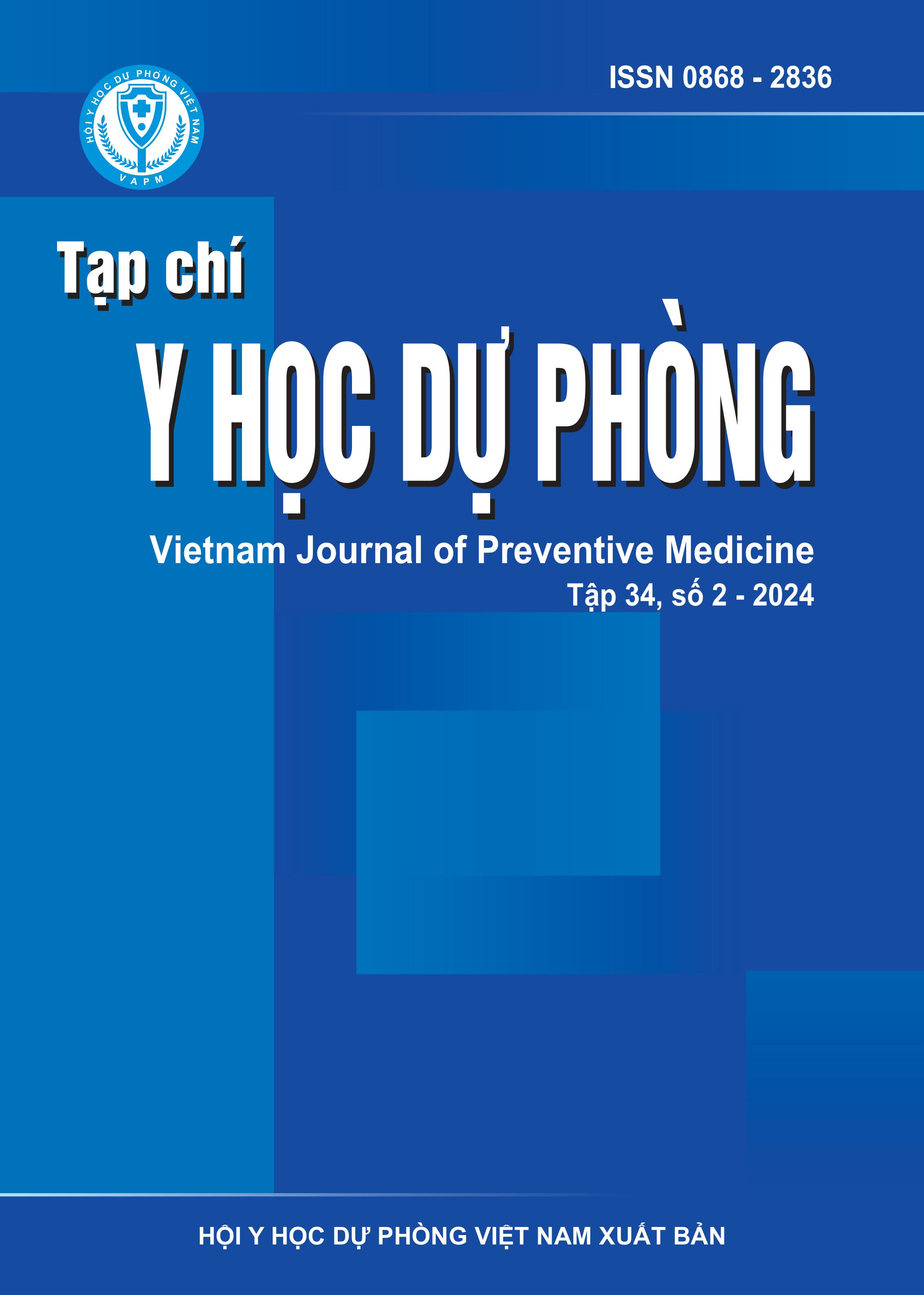Investigation of Clostridium botulinum outbreak in Kon Du village, Mang Canh commune, Kon Plong district, Kon Tum province, March 2021
DOI:
https://doi.org/10.51403/0868-2836/2024/1623Keywords:
Food poisoning, type B, Ethnic, Clostridium botulinumAbstract
Clostridium botulinum (C. botulinum) poisoning is rare and dangerous. On March 25- 26, 2021, Kong Plong District Medical Center received 3 suspected cases of C. botulinum poisoning in Kon Du village, Mang Canh, Kon Plong district. The study was conducted with two objectives to determine the existence and source of food poisoning suspected to be caused by Clostridium botulinum and to describe the scale, epidemiological characteristics and implementation of response measures in Kon Du village. Interviews were condcuted with all attendees of the meal on March 24, 2021 at the patient's house. Samples were taken from the leftover food, patients and surrounding houses, and the environment. There were 16 people at the meal, all from the Mo Nam ethnic group, including 4 confirmed cases (tests showed C. botulinum in stool, and they were epidemiologically related), 1 death, 3 positive case with type B C. botulinum from3 stool samples, and 8 negative samples (food, environment) for C. botulinum. The attack rate were: “Ghe” alcohol 29% (4/14); sour fish 27% (4/15); ≤15 years old 43% (3/7); >15 years old 11% (1/9); female 29% (2/7); male 22% (2/9). This outbreak was a C. botulinum type B poisoning and no evidence of the source of infection. Measures to handle the outbreak included treatment of severe patients, health examination and monitoring, environmental treatment, destruction of the food at risk and communication. After 8 days, the poisoning ended. It is necessary to strengthen communications about eating cooked food and drink boiled water. For food poisoning, sampling suspected food and environmental sources should be done before handling the outbreak. It is necessary to have a standard operating procedure to respond during an outbreak of food poisoning.
Downloads
Downloads
Published
How to Cite
Issue
Section
License
Publication License No 150/GP-BTTTT signed on May 8, 2014;
Electronic Publication License No 322/GP-BTTTT signed on June 15, 2016.


